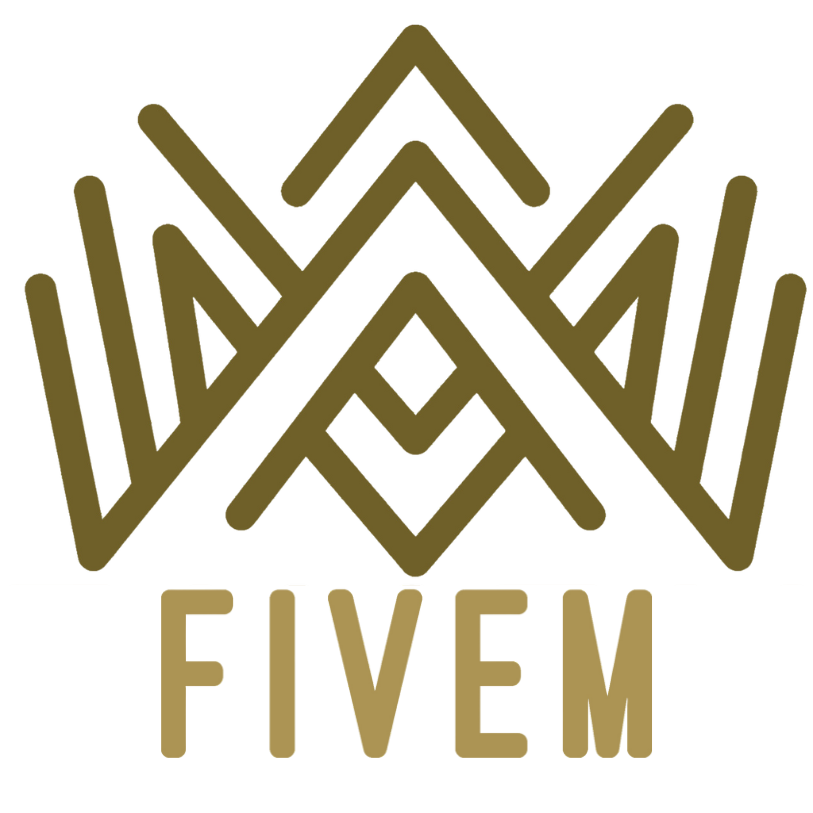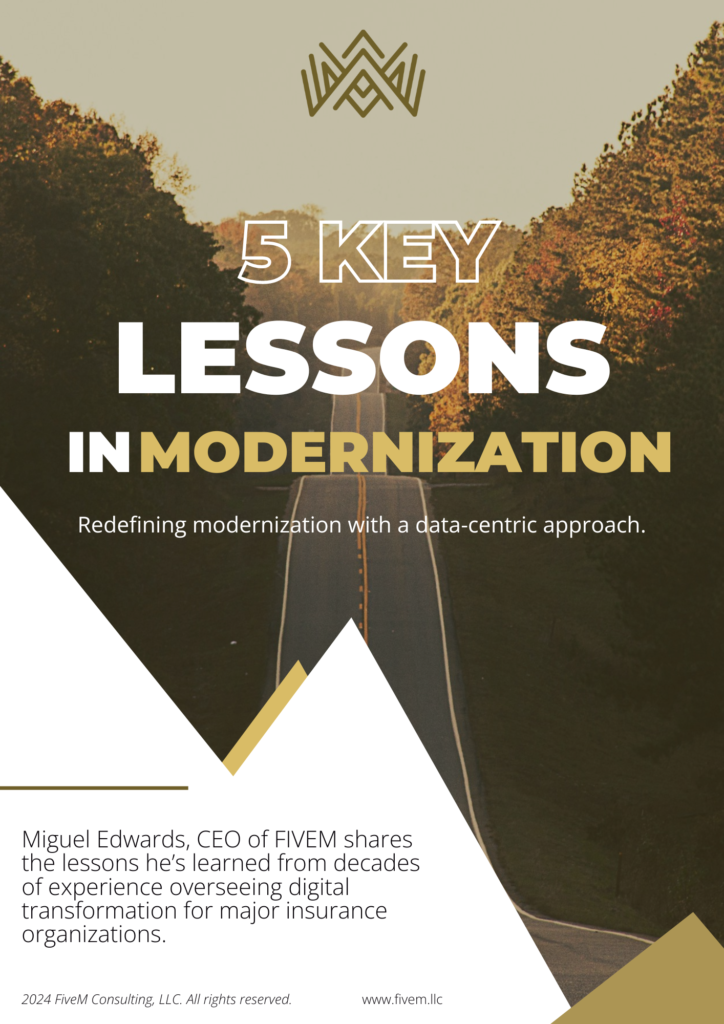The Ever-Expanding Role of Operations

Organizations differ in their approaches to operational leadership. No longer are insurance COOs solely focused on underwriting, claims, billing and keeping the lights on. They have evolved into thought partners with wide-ranging responsibilities and an ever-growing backlog of strategic projects.
A Two-Way Street: Underwriting Authority Matchmaking

Carriers continuously seek competitive advantage through specialized programs and entry into niche markets. On the other side, the insurtech boom has sprouted countless sophisticated firms seeking to fill that gap by means of obtaining underwriting authority, ie. MGAs.
Why Generation X is Poised as the Most Experienced Leaders

In the ever-evolving landscape of the workforce, each generation brings its unique set of strengths, challenges, and leadership styles. Among these, Generation X (born approximately between 1965 and 1980) stands out as arguably the most experienced and adaptable leaders of our time.
Leveraging Design Thinking to Spark Innovation in Insurance

The insurance industry faces mounting challenges. Market saturation has triggered cutthroat competition and slowed growth. Changing consumer behaviors and expectations demand new engagement models aligned with digital-first preferences. Legacy systems and convoluted processes obstruct responsiveness and reduce service quality.
Executive Presence: What It Is and Why It’s Crucial for Career Success

Modern workplaces are dynamic, and talent abounds as much as competition. However, a distinct quality often sets individuals apart on their journey to success. That quality is executive presence.
Beyond mere charisma or technical prowess, executive presence (EP) involves a unique blend of confidence, gravitas, and effective communication.
Navigating Economic Headwinds: The Strategic Move for Insurers to Add Commercial Business

Changing economic conditions creates new facts. Consumers are spending less. Insurance cover cancellations are rising.
Insurers confront a crucial decision – stay within familiar territories, compete over a shrinking pool of premiums, or venture into new domains. This article serves as a practical primer, showing insurance company decision-makers the terrain they would navigate if they considered expanding into InsurTech.
Blockchain in Insurtech: A New Era of Security and Transparency

Many of the most attention-grabbing sectors of recent years have lived with the mantra of moving fast and breaking things. Social media in the mid-2000s. Sharing economy platforms like Uber in the 2010s. After some initial chaos, amazing consumer products tend to emerge.
Other industries move slowly. Rather than chaos, there is inertia. And the consumer suffers through complexity, cost, and red tape. Healthcare is the poster child for this.
Unlocking Innovation: How Insurance IT Can Empower Business Users with No/Low-Code Solutions

In the ever-evolving landscape of technology, insurance companies face a dual challenge: maintaining everyday operations and simultaneously pursuing innovation. My conversations with clients reveal a consistent obstacle to innovation: a lack of time. IT departments are deeply entrenched in the daily grind of business as usual (BAU) and Keeping the Lights On (KTLO), leaving little room for creative thought or novel projects.
Embracing Change: The Role of Creative Destruction in Business Evolution

Like pencils and erasers, Creative Destruction serves to write, rewrite, and discard old and new ideas. The term Creative Destruction was first introduced by a well-known economist, Joseph Schumpeter. The term describes a mechanism of technological change that leads to the replacement of outdated and current economic structures.
The Quintessence of Leadership: Mastering the Art of Communication

In a recent coaching session, a young professional posed a thought-provoking question: “What is the most crucial universal skill for strong leaders?” This query resonates deeply in the realm of leadership development. My immediate response was “communication” – a skill fundamental yet complex, encompassing a range of abilities crucial for effective leadership.

